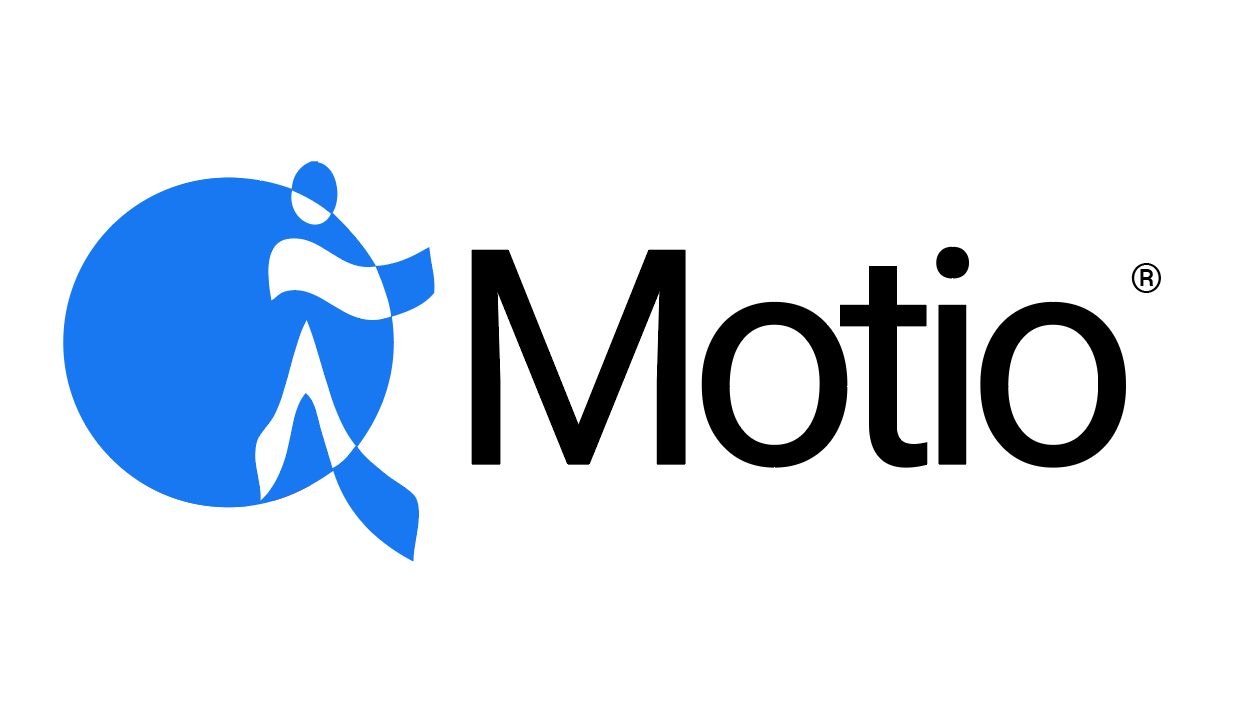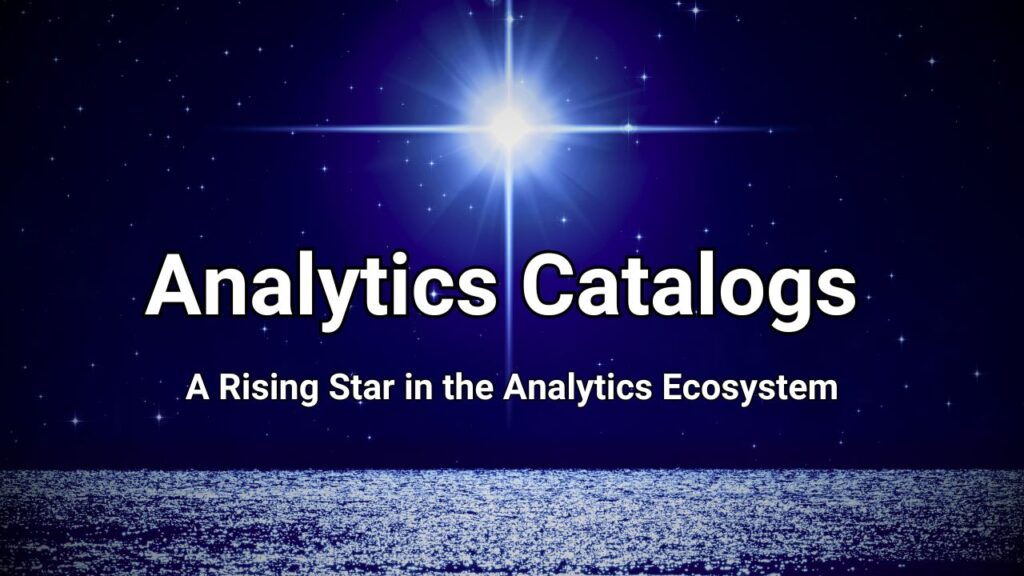It’s Cheap and Easy. The Microsoft Excel spreadsheet software is probably already installed on the business user’s computer. And many users today have been exposed to Microsoft Office software since high school or even earlier. This knee-jerk response as to why Excel is the leading analytics tool may not be the right answer. The real answer may surprise you.
To dive deeper into the answer to the question, let’s first look at what we mean by analytics tool.
Analytics and Business Intelligence Platforms
The industry-leading analyst, Gartner, defines Analytics and Business Intelligence Platforms as tools that enable less technical users to “model, analyze, explore, share and manage data, and collaborate and share findings, enabled by IT and augmented by artificial intelligence (AI). ABI platforms may optionally include the ability to create, modify, or enrich a semantic model, including business rules.” With the recent growth of AI, Gartner recognizes that augmented analytics is shifting the target audience to consumers and decision-makers from the traditional analyst.
For Excel to be considered an analytics tool, it should share the same capabilities.
| Capability | Excel | ABI Platforms |
|---|---|---|
| Less technical users | Yes | Yes |
| Model data | Yes | Yes |
| Analyze data | Yes | Yes |
| Explore data | Yes | Yes |
| Share data | No | Yes |
| Manage data | No | Yes |
| Collaborate | No | Yes |
| Share findings | Yes | Yes |
| Managed by IT | No | Yes |
| Augmented by AI | Yes | Yes |
So, while Excel has many of the same capabilities as leading ABI platforms, it is missing some key functions. Likely because of this, Gartner does not include Excel in the list of major players in Analytics and BI tools. Furthermore, it also sits in a different space and is positioned differently by Microsoft in its own lineup. Power BI is in Gartner’s lineup and has the features missing by Excel, namely, the ability to share, collaborate, and be managed by IT.
The key value of Excel is its downfall
Interestingly, the real value of ABI tools and why Excel is so ubiquitous is the same: it is not managed by IT. Users like the freedom to explore data and bring it to their desktops without the interference of the IT Department. Excel excels at this. Meanwhile, it is the IT team’s responsibility and mission to bring order to chaos and apply governance, security, and overall maintenance to all software under their supervision. Excel fails this.
This is the conundrum. It is imperative that the organization maintain control over the governance of software that its employees use and the data that they access. We’ve written about the challenge of feral systems before. Excel is the proto-feral IT system with no corporate governance or control. The importance of a single, well-managed version of the truth should be obvious. With spreadsheet farms everyone creates their own business rules and standards. It can’t even really be called a standard if it’s a one-off. There is no single version of the truth.
Without a single agreed-upon version of the truth it makes it difficult to make decisions. Further, it opens the organization to liability and makes it more difficult to defend a potential audit.
Excel’s price-to-value ratio
I initially thought that one of the reasons that Excel was often called the number one analytics tool was because it was so inexpensive. I think I can say that literally every company I’ve worked for has provided me with a license for Microsoft Office, which includes Excel. So, for me, it has often been free. Even when the company didn’t provide a corporate license, I opted to purchase my own Microsoft 365 license. It’s not free, but price had to be a contributing factor.
My starting hypothesis was that Excel must be significantly less expensive than the other ABI platforms. I dug into it and discovered that it wasn’t as cheap as I thought. Some of the ABI platforms which Gartner evaluates may actually be less expensive per seat for large organizations. I selected a few of the softwares and asked ChatGPT to help me compare and rank them in terms of cost for different sized organizations.

What I found was that Excel was not the least expensive option for any sized organization. It comes with a cost. Obviously, it is difficult to obtain exact pricing and there are often substantial discounts offered to migrate to a specific vendor. I do think, however, that the relative rankings will be consistent. What we notice is that Microsoft Office Suite of which Excel is a component is not the cheapest option. Surprise.
Excel is missing key components of an enterprise class ABI and there are more cost-effective alternatives in the world of analytic tools. Big hit to the Excel price-to-value ratio.
Collaboration
Collaboration using software for data Analytics and Business Intelligence within large organizations offers benefits that can significantly enhance decision-making processes, operational efficiency, and strategic planning. Collaboration recognizes that no individual contributor is an island and the wisdom of crowds can provide better insight and decisions. Organizations value collaboration so highly that they are willing to pay a premium over tools like Excel that do not provide the feature.
Tools that promote collaboration among team members provide:
- Enhanced Decision Making
- Increased Efficiency
- Improved Data Quality and Consistency
- Scalability and Flexibility
- Knowledge Sharing and Innovation
- Cost Savings
- Enhanced Security and Compliance
- Data integrity
- Empowered Employees
The value of using software for data analysis and BI that provide collaboration within large organizations lies in the synergy of enhanced decision-making capabilities, operational efficiencies, and a culture of innovation and empowerment. Tools that don’t provide collaboration promote islands of information and silos of data. Excel lacks this key feature.
The business value of Excel is decreasing
Excel may be the most used data tool within organizations but for all the wrong reasons. Besides, the reasons we think we use it — because it’s cheap and easy — are becoming less and less true as enterprise analytics and BI tools become more affordable and integrate AI to assist with more complex tasks.







